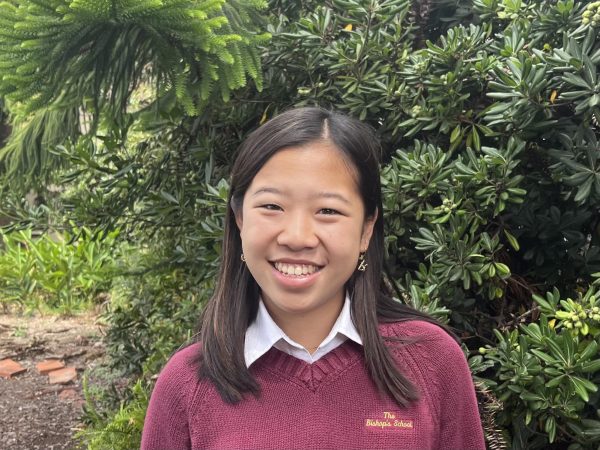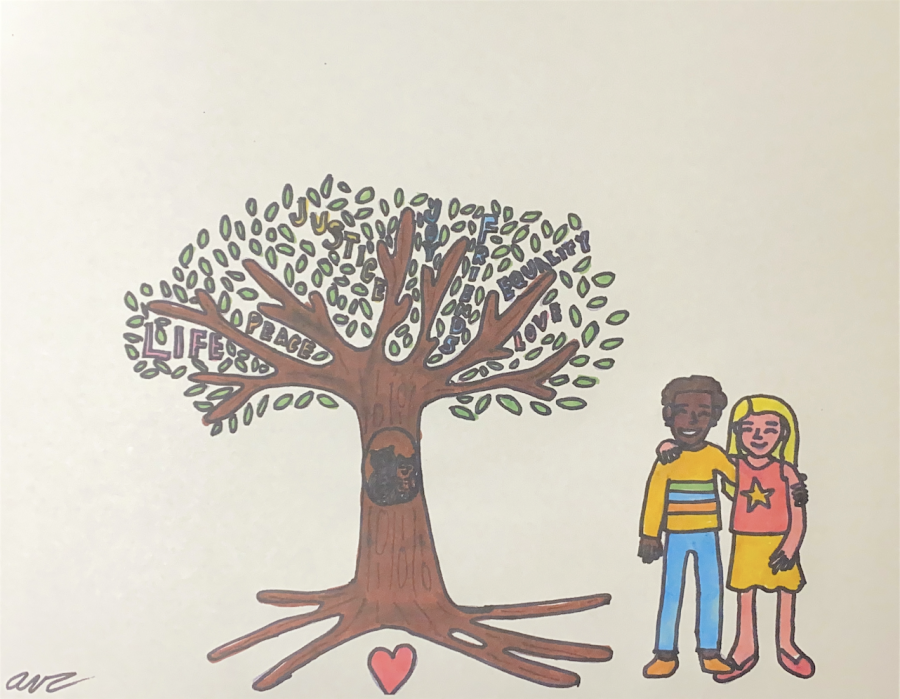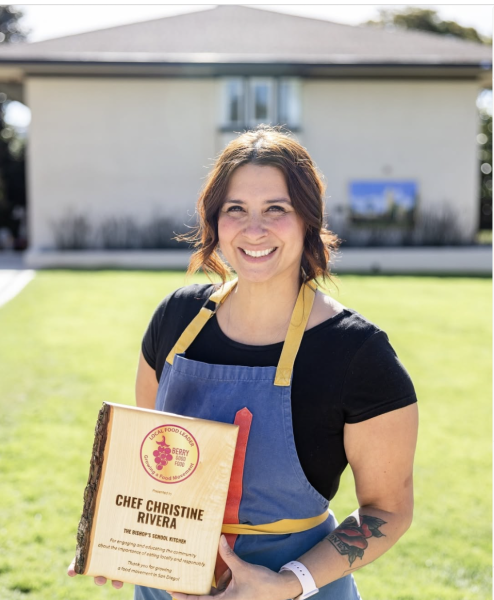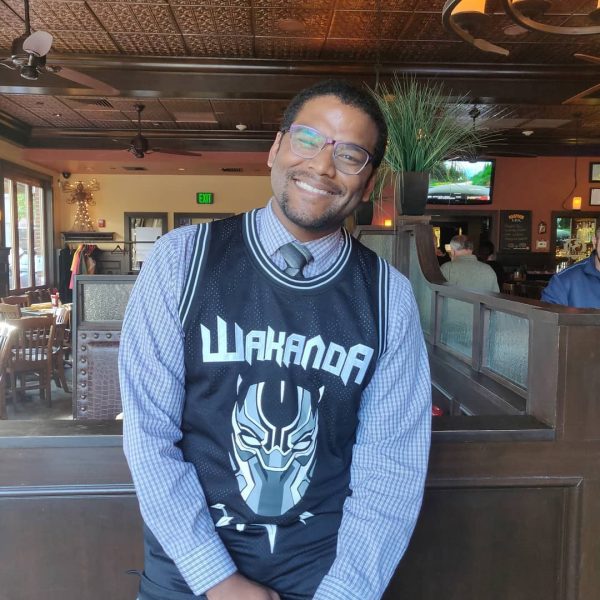Who? What? Why?
A community reflection on the aftermath of the noose situation
While events similar to the recent situation could continue to occur, we can all do our part to create a community where everyone feels loved and safe.
On January 25, Period 7 classes were dismissed. But instead of participating in the originally scheduled health lesson, we flooded in the gym while looking at each other in confusion. On January 22, two ropes resembling nooses, historically used to lynch African Americans, were discovered: one in the boys’ locker room and the other on the outside basketball hoop. When Director of Diversity, Equity, Inclusion, and Justice Mr. David Thompson broke the news, the atmosphere tensed up.
From that moment on, virtually every student was involved in a conversation regarding the situation. From advisory meetings, to town halls, to emails, the questions of “what’s next?” and “how will we bring closure?” floated around.
Senior Zenzele Greene, co-leader of the Black Student Union (BSU), came to school late on the 25th. They were ready to have their typical senior morning: a soft start, a coffee in hand, and an underclassmen watching party on the senior bench. But they knew something was different when they noticed everyone walking into the gym. “My initial reaction wasn’t racial,” Zenzele began, “but when we were talking in advisory about how [the nooses] could’ve been racial[ly motivated], it was a much more devastating feeling.”
Yet Zenzele wasn’t most concerned for themself. “What stuck it the most was when I saw Black underclassmen being very emotional throughout the day,” they continued. “I want to be able to protect them, but I didn’t really know how [to] help. I was trying to figure out how to have a conversation with them [to] establish that they can feel safe on campus while also acknowledging the fact that this can happen again.”
Associate Dean of Students Mr. Shane Walton (’98) felt similarly. “My first reaction was confus[ion] about why [someone] would put the [nooses] up. I didn’t know if it was an act of racism or if someone was thinking about harming themselves,” he mentioned. “I was concerned, either way, for our community.”
On January 27th, Head of School Mr. Ron Kim addressed the events in an email to the whole community. “We live in a world with complex problems, and I am the first to admit that I do not have immediate solutions to them,” he wrote.
The Values Committee (VC), renamed this year to better emphasize its focus and previously known as the Disciplinary Committee, worked tirelessly on the case. Sophomore representative Sophia Gleeson explained how the VC came to its conclusion. Although it was treated just like any other incident in terms of procedural matters, where each student and their faculty sponsor write their own statements, what made this case different was “the concern of safety and comfort level of students on campus,” Sophia reflected. “Everyone suddenly became so interested in the process of the Values Committee as we normally operate sort of privately from the community, and no one has paid much attention to our cases in the past,” she mentioned.
A week later, Head of Middle School Mr. Harlan Klein and Head of Upper School Mr. Brian Ogden sent an email to the student body, which began with a sentence that included the phrase, “some of the students involved in recent incidents no longer attend The Bishop’s School.” They continued, “these events have reinforced just how important it is to emphasize our core values and for both adults and students to have critical discussions as a regular part of the school experience.”
The decision on maintaining individual privacy–and not naming the students responsible for the ropes–received some backlash. “The way the school handled the situation with the limited and sparse information they gave made the school look weak, flippant, and not engaged enough,” VC Senior Alternate Connor Schenider stated passionately. To him, situations like these need to be treated seriously–just like in the real world. When asked how he felt about whether a known perpetrator should enjoy the same privacy rights as the rest of the population, he responded with a blunt, “Absolutely not.” Outside of Bishop’s, “criminal records are public records,” he continued, “[and] in my opinion, the convenient excuse of student privacy is just another element contributing to the Bishop’s bubble.”
To Connor, a community where extremely topical information only spreads through rumors is very dangerous as the knowledge that cannot be confirmed often spreads and continues to grow farther from the truth. “Telephone is a kindergartener’s game; has the administration forgotten how it works?” he asked.
Although they aren’t dissatisfied with our current DEIJ lessons, Zenzele also mentioned that these lessons could definitely be reformed upon. “You can talk about something that happens outside of Bishop’s all day long, [but then] you don’t feel that [same sense] of responsibility.”
So, is the case really over? Has it properly been resolved? Will more incidents like this happen at Bishop’s? Unfortunately, the answer is inconclusive. “I think that situations like this will continue to happen at Bishop’s because the fundamental issues behind acts like these are things like racism, lack of diversity, carelessness, and immaturity, and these are difficult to erase from a community,” Sophia expressed. “However,” she continued, “that’s not to say we shouldn’t try to improve our community to prevent them–just that we should be careful with unproductive blaming.”
Mr. Kim agreed. “‘The administration’ is not a special group of people with magical powers,” he said. “The people in it can’t accomplish anything without the belief and commitment of everyone in our school and community.”
While events similar to the recent situation could continue to occur, we can all do our part to create an environment and community where everyone feels safe. Mr. Walton conveyed, “No matter what happens, this whole community has [to have] the same values and the same respect.”

Sydney Chan is an Editor-in-Chief for The Tower dedicated to discovering unique stories and bringing them to life through her pieces. She especially loves...






